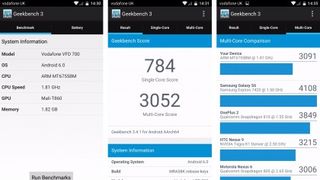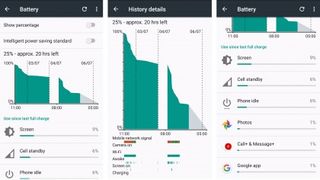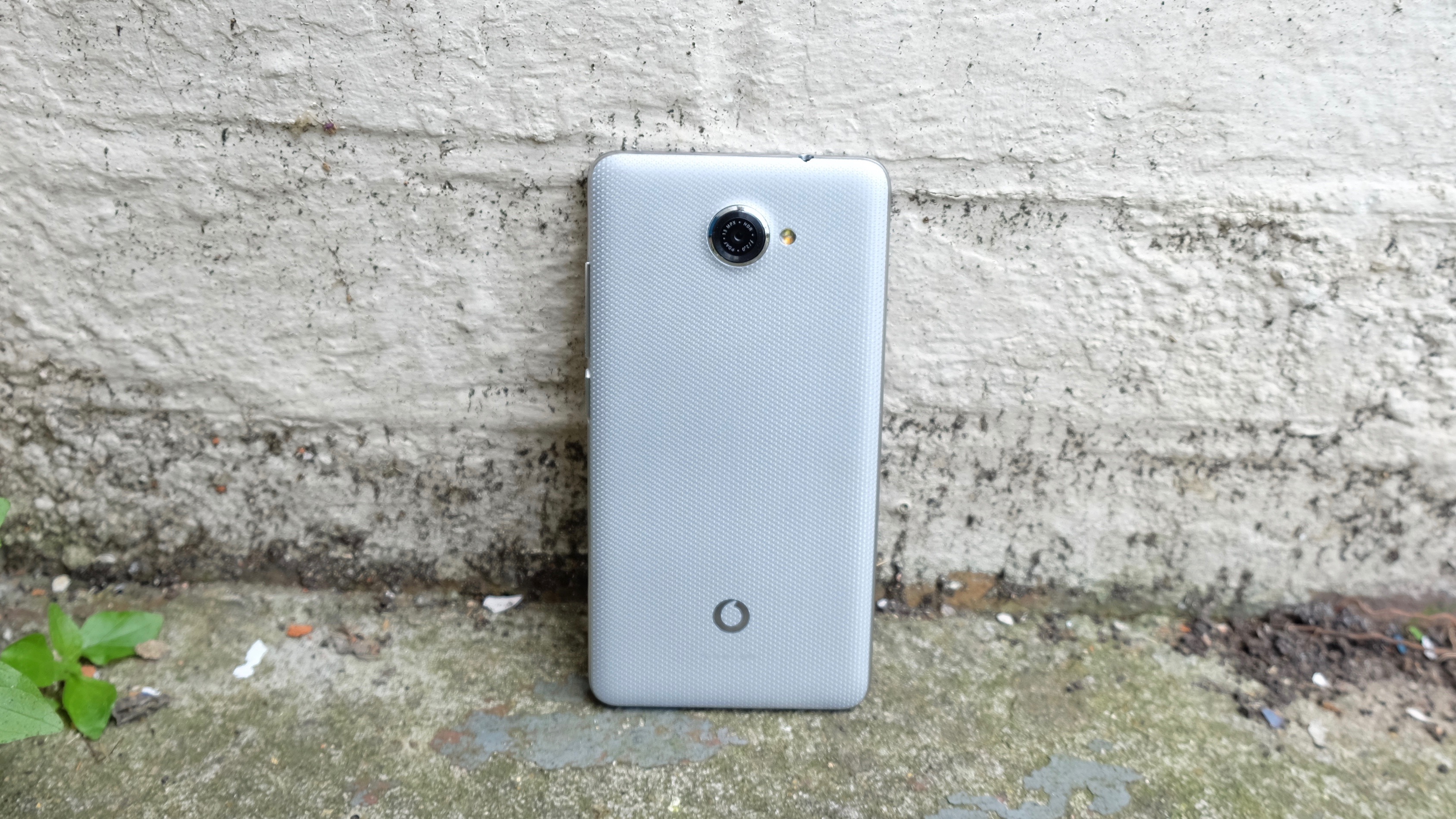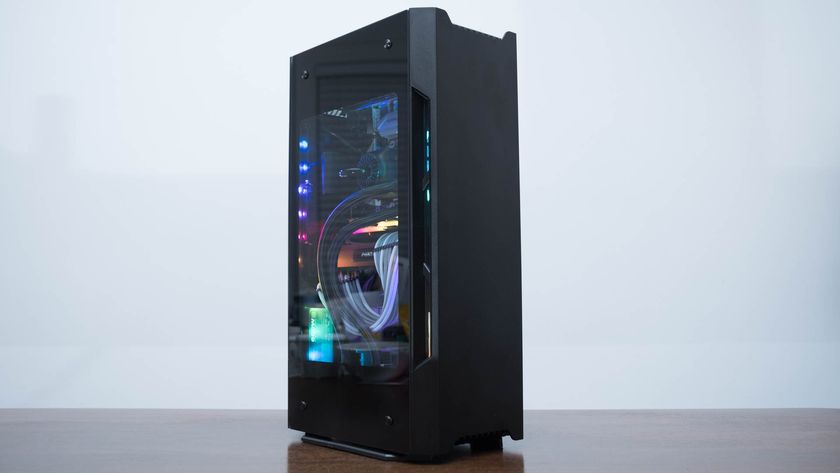Why you can trust TechRadar
Traditionally, if you're paying less than £200 for a smartphone, you can generally expect a noticeable hit to performance. Or at least, those who have experience with high-end phones will notice it.
It's true that the Vodafone Smart Ultra 7 doesn't set the pulse racing with its MediaTek MT6755M CPU and 2GB of RAM. Taiwanese chip maker MediaTek doesn't have the experience or cachet of Qualcomm and its Snapdragon range, but its processors are improving all the time - and they're cheap.
Sure enough, the Smart Ultra 7 performs reasonably well in general day to day tasks. Flicking through home screens is quick, notification menu animations are smooth, and opening the camera app is appreciably snappy.
Starting up apps can bring a bit of a pause, though, and I have to say that Chrome performance wasn't too snappy during my time with the phone.

Gaming was a bit of a mixed bag too. Dead Trigger 2 ran well even on high settings, but Vainglory - whilst relatively smooth graphically - experienced some curious sound issues. This is the trouble with using a more obscure chipset, I guess.
Geekbench 3 tests confirm that the Smart Ultra 7 is a respectable performer compared to its contemporaries. An average multi-core score of 3076 pitches it at a similar level to the Moto G4, which scored 3104 with its more mainstream Snapdragon 617 CPU.
It's also considerably faster than the Smart Ultra 6 and its Snapdragon 615, which scored 2091.

While we're talking about specs, now would be a good time to note that the Smart Ultra 7 comes with 16GB of internal storage. No, that's not an awful lot, and it's the same as the Smart Ultra 6 before it.
But it's hopefully an indicator that we've left the dark days of 8GB, where just installing your regular selection of apps and games would bring a phone to its knees, behind.
Besides, you can also expand that storage via a microSD slot, handily stashed behind that peel-off rear cover.
Battery life
With a 2960mAh (non-removable) battery, the Smart Ultra 7 drops a little behind its predecessor and the Moto G4, both of which are powered by 3000mAh units. But it's a pretty insignificant difference, all things told.
This sizeable battery, combined with the big.LITTLE architecture of that MediaTek MT6755M CPU (which means it efficiently switches between two sets of four cores according to the task) and a less demanding Full HD display, mean that you'd expect the Smart Ultra 7's battery life to be pretty decent. You'd be right, too.
Very light usage will see you through the best part of two days, as Vodafone claims, but most moderate-to-heavy users will last comfortably through a single day of use without having to rush to a wall socket.

This is aided, no doubt, by the presence of Android 6.0 and Doze. This means that when your phone isn't in use for a prolonged spell (and I mean left completely alone), the phone will kick into a light power-saving mode without interrupting any notification frequencies or core functions.
It means that when you return to your phone in the morning, or after a long meeting, you shouldn't have lost a significant amount of power.
In the standard comparative TechRadar battery test, which consists of a 90 minute looped 720p video with the screen brightness cranked up to max and full connectivity, the Smart Ultra 7 consumed a more-than-respectable 17 percent on average.
That's identical to the result we obtained with the Moto G4. Unlike the Moto G4, however, you don't get any sort of quick-charging function here.














